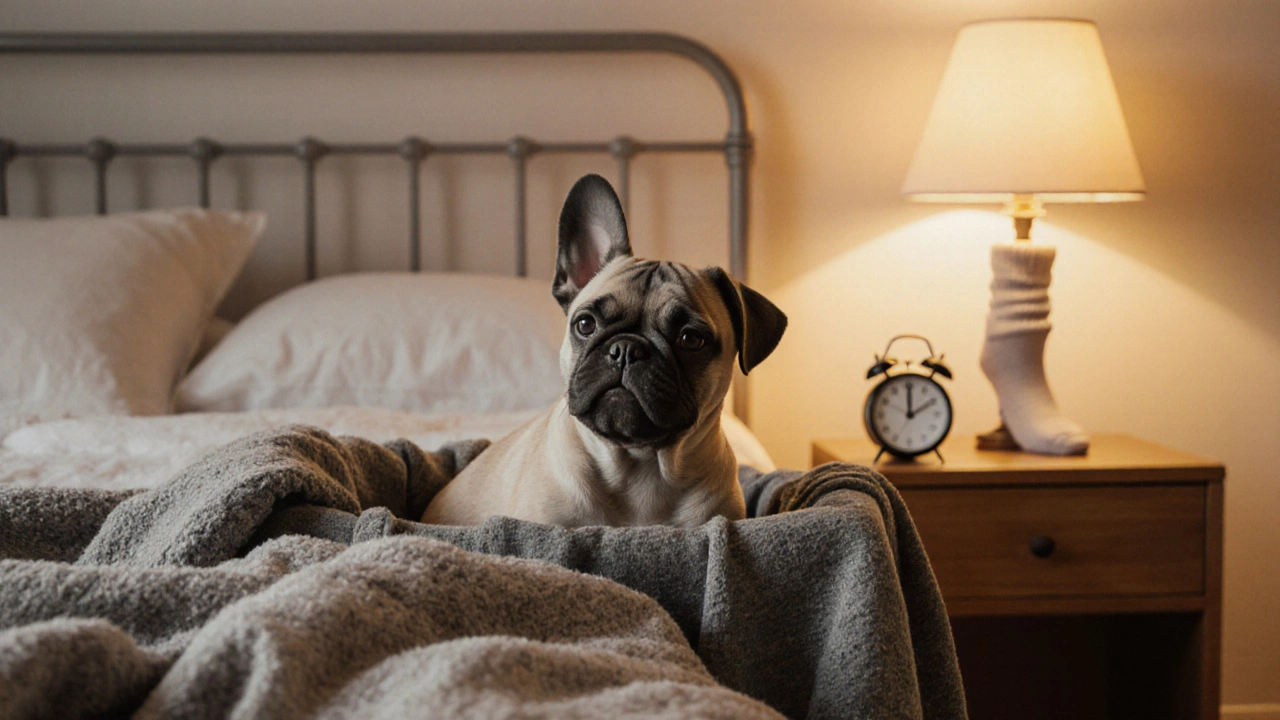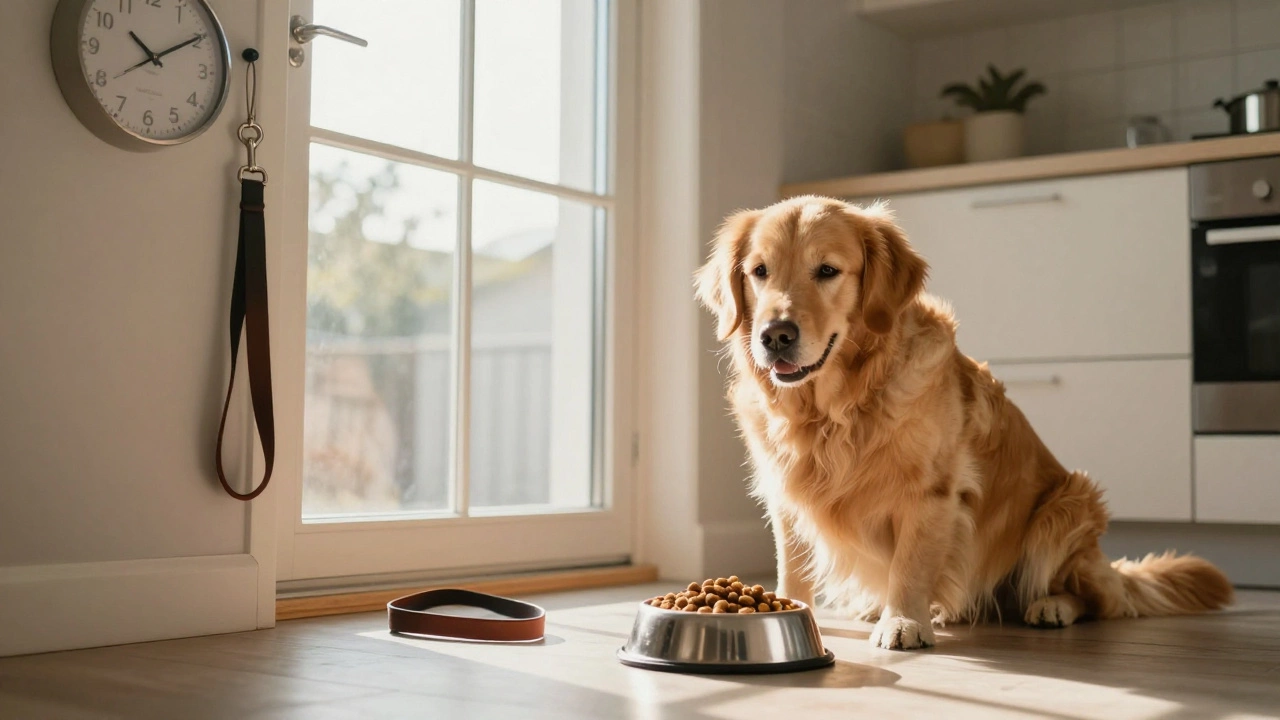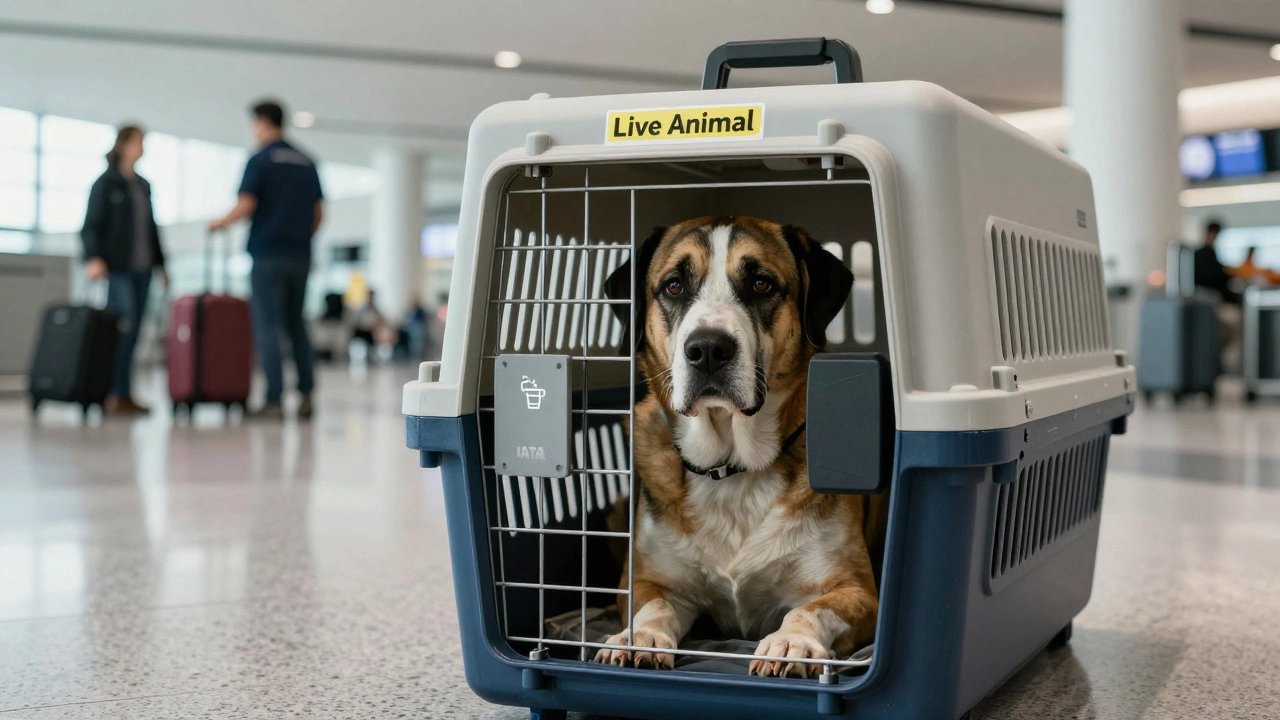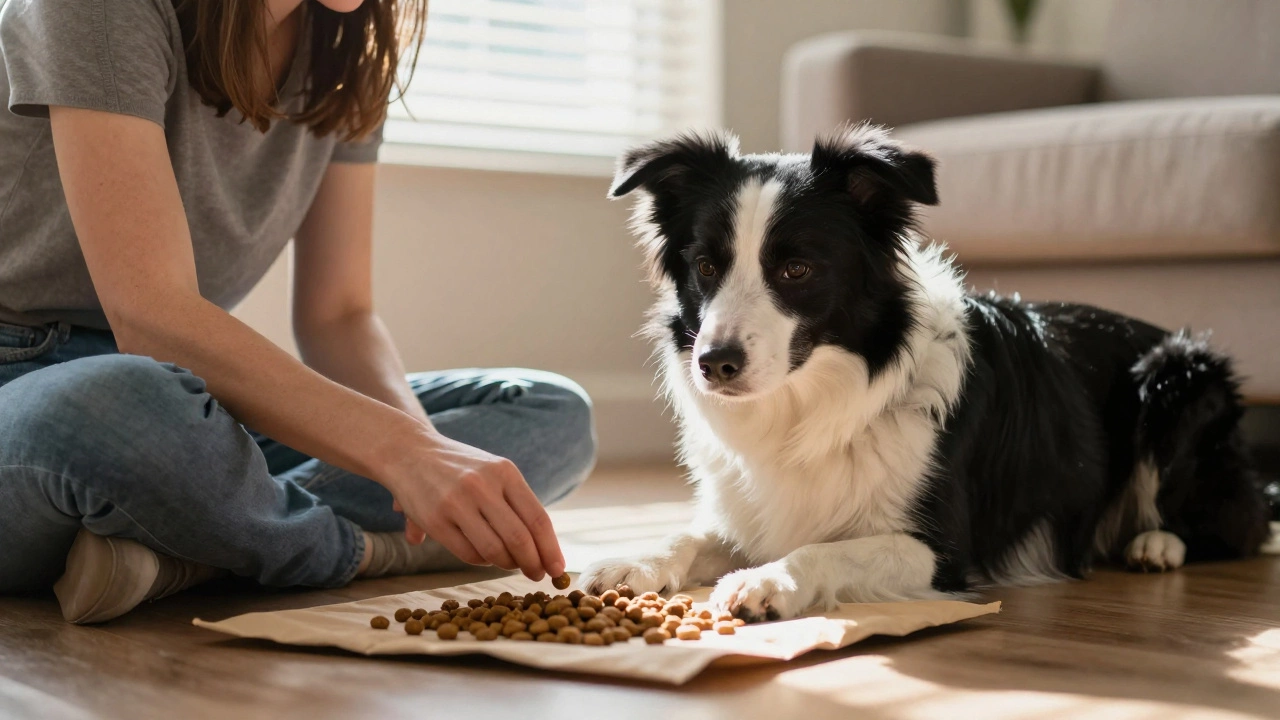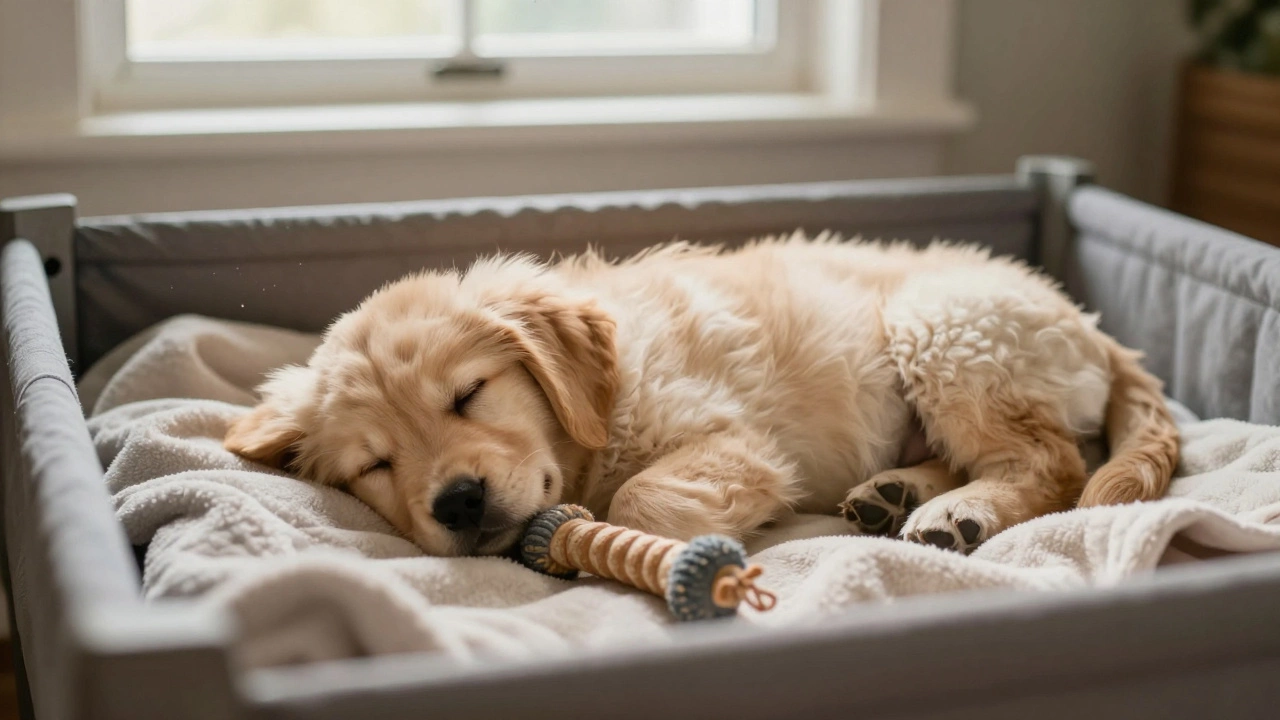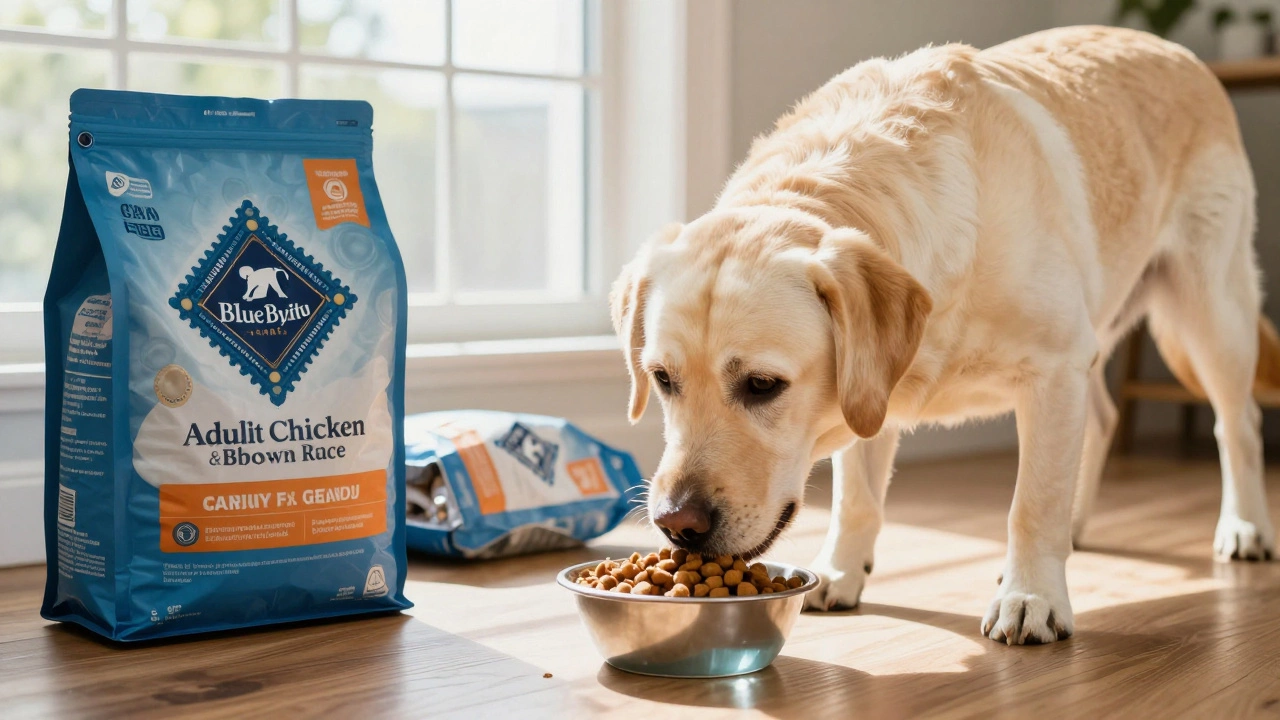Leaving Puppy Alone: What You Need to Know Before You Walk Out the Door
When you bring home a leaving puppy alone, the practice of temporarily separating a young dog from its owner, often during work hours or errands. Also known as puppy separation, it’s something every new dog owner faces—but doing it wrong can lead to lasting anxiety, destructive behavior, or even health issues. Puppies aren’t tiny adults. Their brains are still developing, their bladders are small, and their need for connection is strong. Leaving them alone for too long, especially in the first few months, isn’t just inconvenient—it can be harmful.
That’s why puppy separation anxiety, a condition where a young dog becomes extremely distressed when left alone, often表现为 barking, chewing, or accidents is so common. It’s not bad behavior—it’s fear. And it starts early. If your puppy cries when you step into the next room, that’s a warning sign. The same goes for pacing, drooling, or trying to escape their space. puppy crate training, a method of using a secure, comfortable enclosure to help puppies feel safe when unsupervised can help, but only if done right. A crate isn’t a jail. It’s a den. And if you throw a puppy in there for hours without building trust first, you’re not training—you’re traumatizing.
What works? Short, gradual steps. Start with five minutes. Then ten. Then twenty. Leave the door open at first. Let them explore the space while you’re nearby. Use a stuffed Kong or a quiet toy to create a positive association. Play low-volume music or leave the TV on—not as a babysitter, but as background comfort. And never make a big deal when you leave or come back. Calm is contagious.
Some owners think a puppy should sleep through the night alone. But an 8-week-old puppy? That’s unrealistic. Their bodies aren’t built for it. That’s why dog alone at home, the broader concept of leaving any dog unattended, especially during critical developmental stages needs age-specific rules. A 12-week-old puppy can handle 3–4 hours max. A 6-month-old? Maybe 5–6. But even then, they need mental stimulation and a safe space. A puppy left alone all day in a yard or a big house without boundaries? That’s a recipe for chewed shoes, torn curtains, and a vet bill.
And it’s not just about the time. It’s about the setup. Did you puppy-proof the room? Is the temperature right? Is there fresh water? Is their bed in a quiet corner, not right next to the door where every footstep feels like a threat? These small details matter more than you think.
You’re not failing if your puppy cries when you leave. You’re just learning. And you’re not alone. Thousands of new dog owners in South Tyneside and beyond are asking the same questions: How long is too long? What if they pee? Can I leave them with a TV on? Is it okay to use a baby gate? The answers aren’t one-size-fits-all. They depend on breed, personality, and how you’ve built their confidence over time.
Below, you’ll find real, practical advice from owners who’ve been there—how to spot early signs of stress, what toys actually work, how to set up a safe space for an 8-week-old pup, and whether leaving the TV on helps or hurts. No fluff. No guesswork. Just what works.
Should You Leave a Puppy Alone on Its First Night?
Leaving a puppy alone on its first night can cause fear and long-term anxiety. Learn how to make the first night safe and calm without creating bad habits, and set the foundation for a confident, well-adjusted dog.

